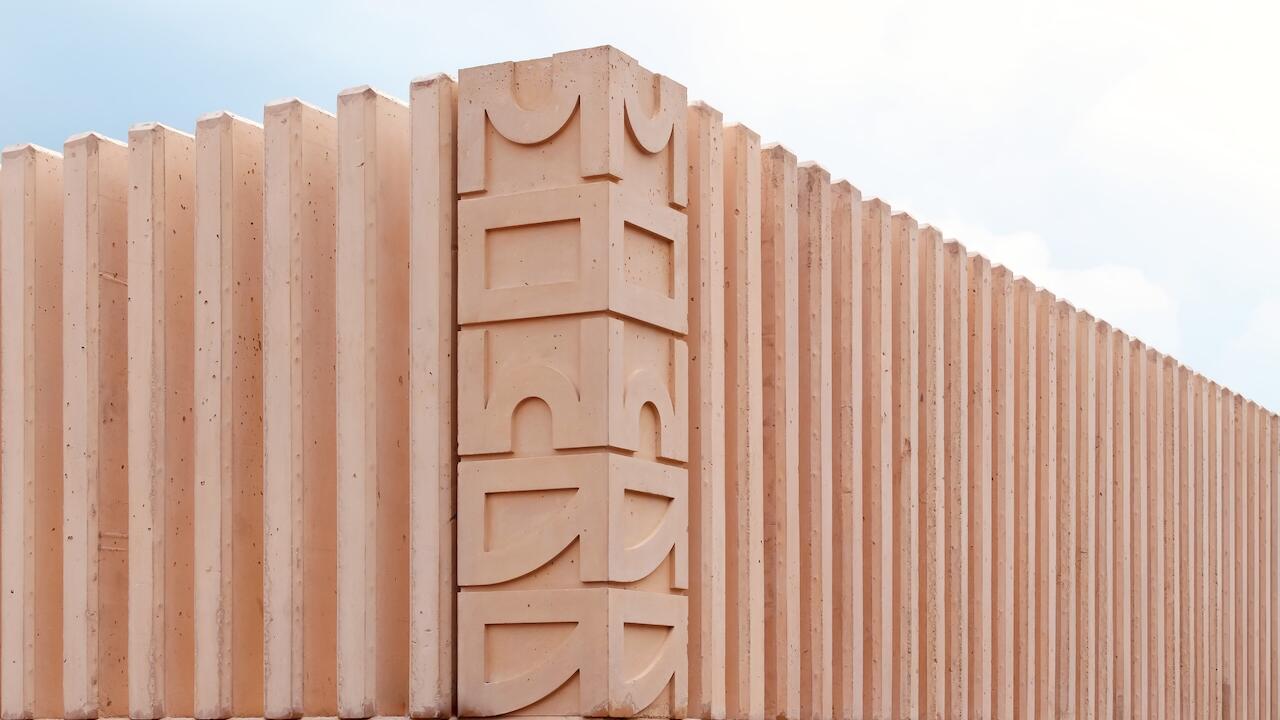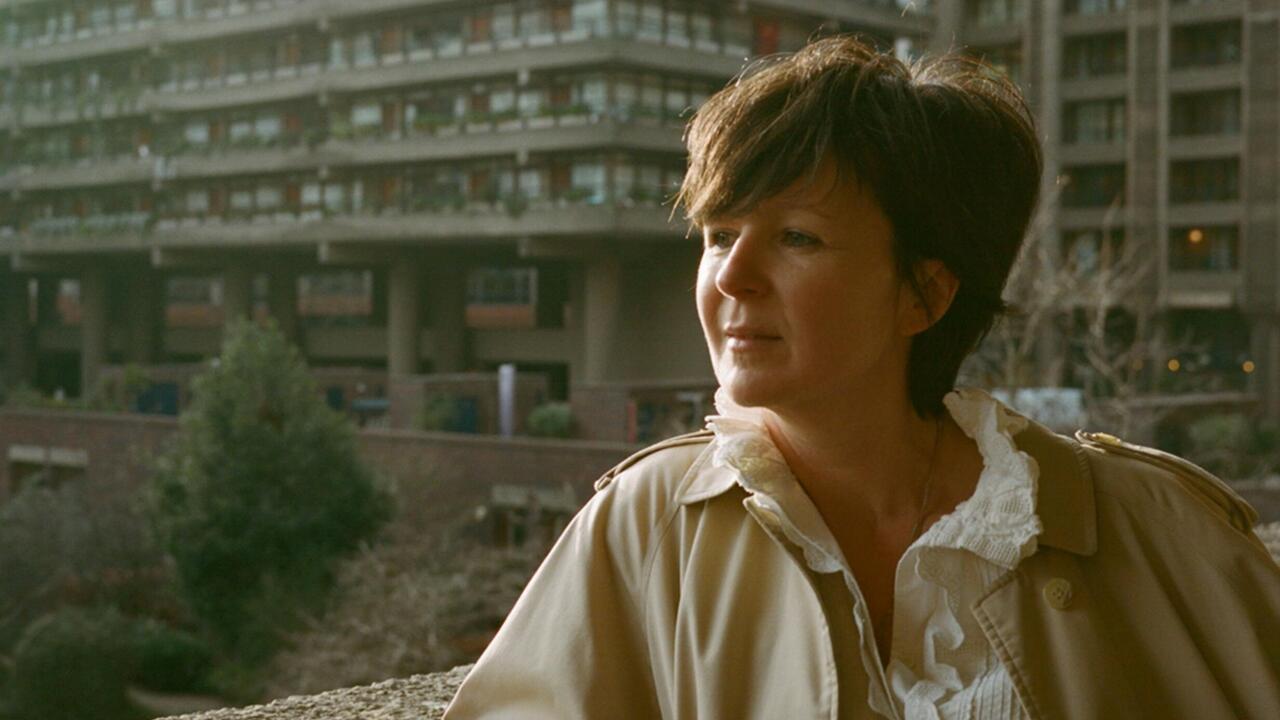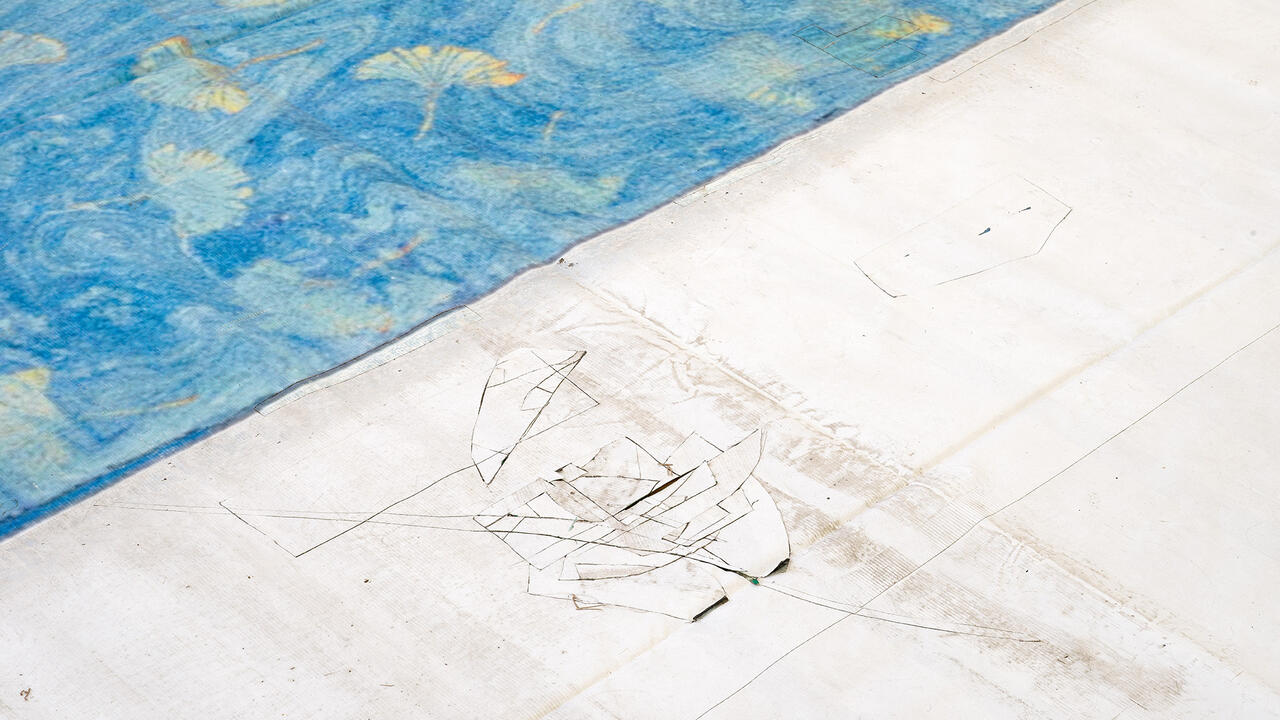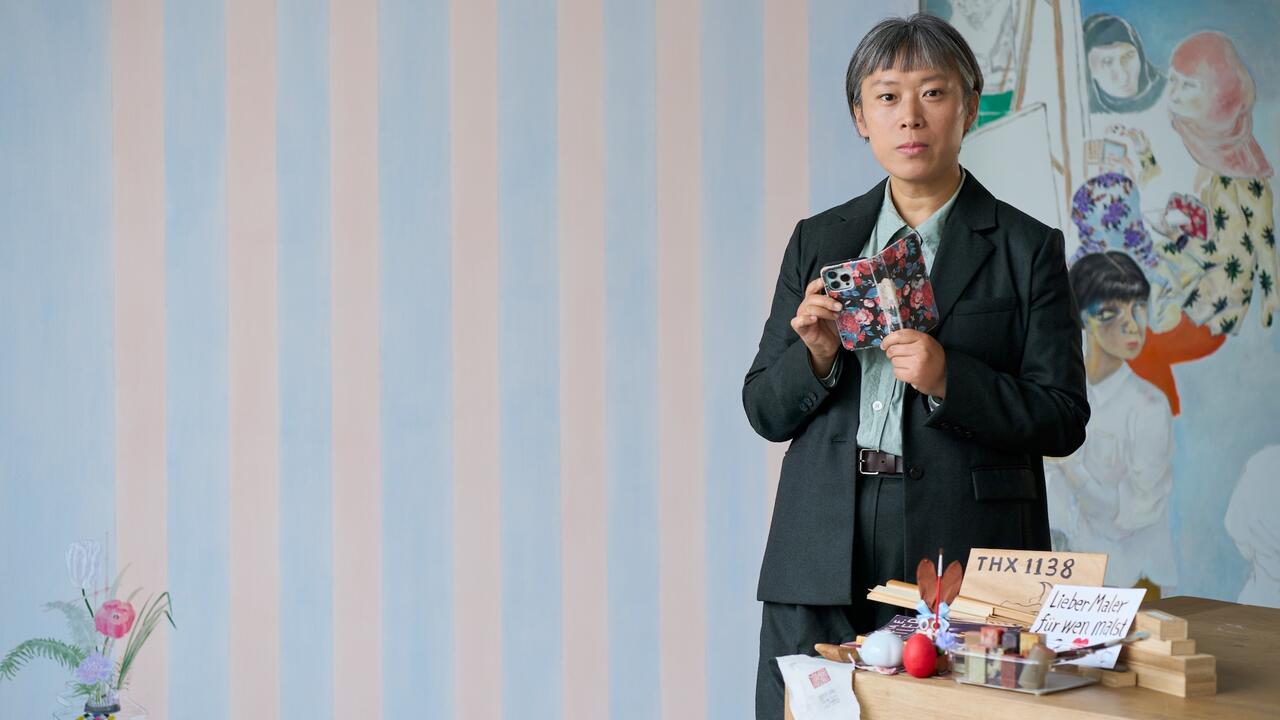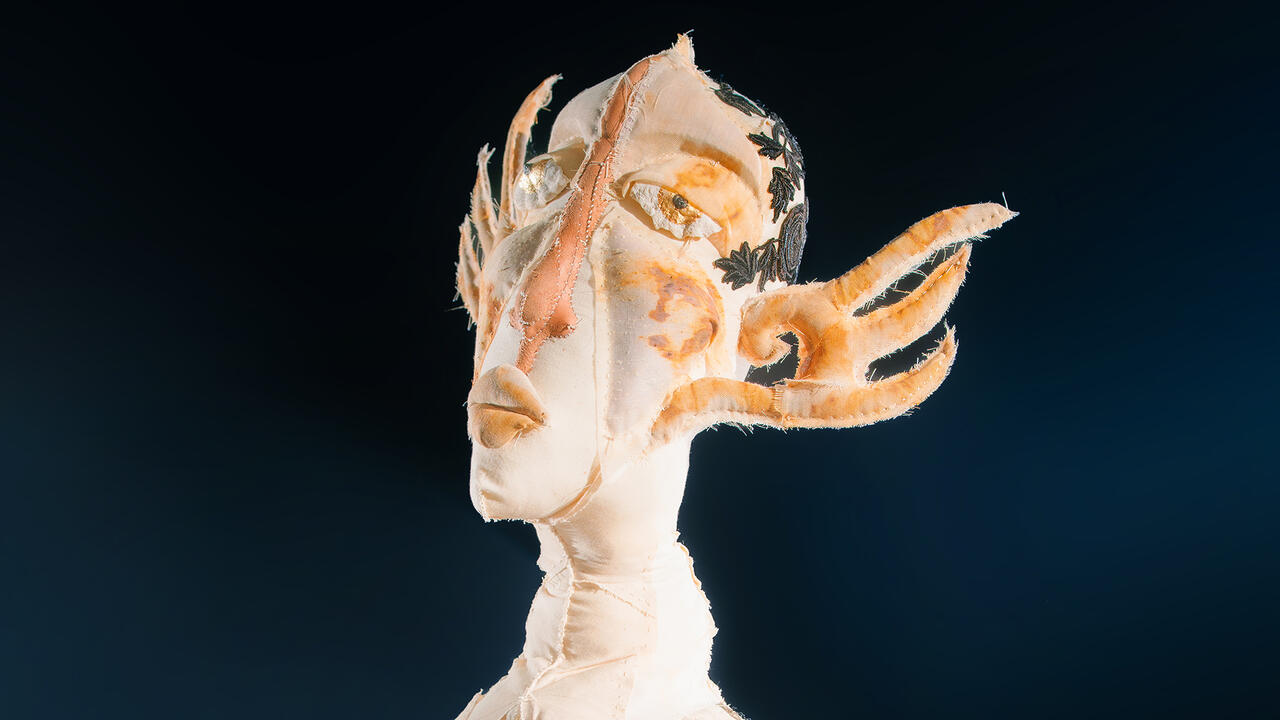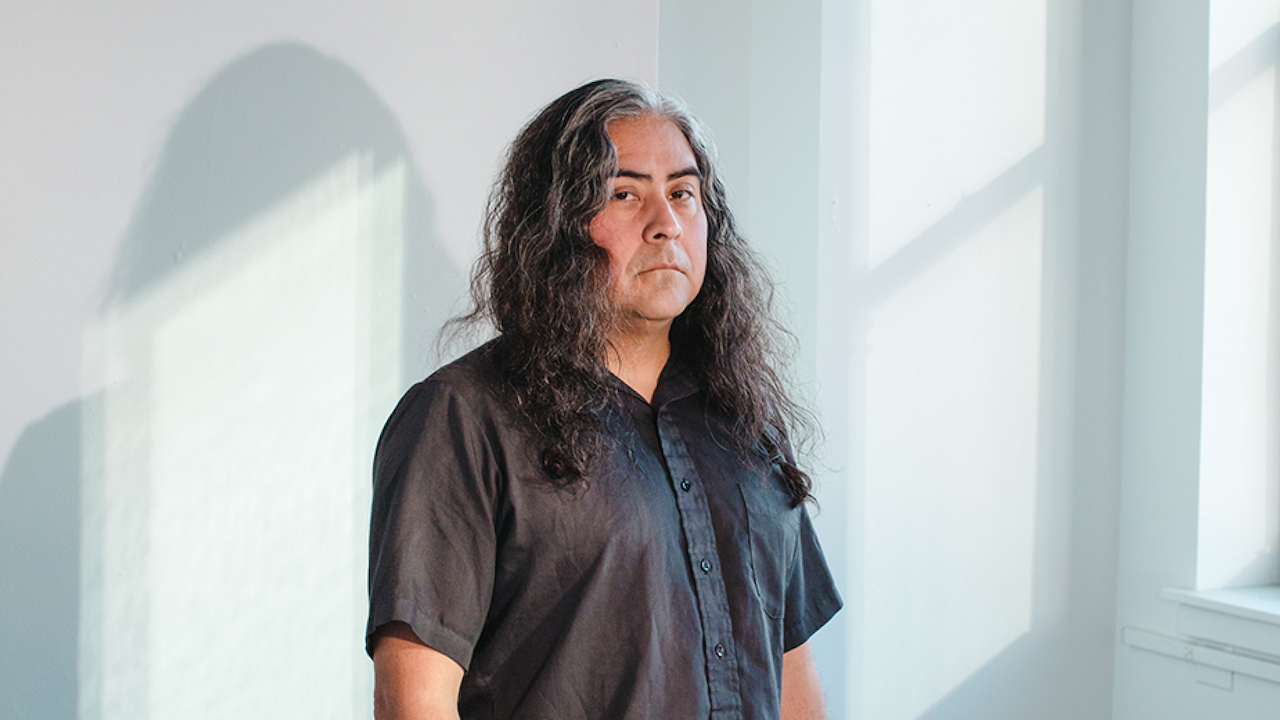Light House
Eileen Gray's restored modernist masterpiece, E.1027, has finally opened to the public
Eileen Gray's restored modernist masterpiece, E.1027, has finally opened to the public

The house that Eileen Gray built is on the outskirts of the village of Roquebrune-Cap-Martin, perched on a cliff overlooking the Mediterranean. You can reach it by a dusty path from the station, ducking in and out of the shade of acacias wreathed with purple trumpets of morning glory. Or you can descend a flight of steps to the beach and come at it from the shore: a little white box made of concrete and glass, teetering on the brink of the land, like a ship about to weigh anchor and leave the harbour.
It’s a small miracle of modernist design and yet, for years, it was on the verge of dereliction. It was built in 1929 and given the cryptic name E.1027 (E for Eileen, 10 and 2 corresponding to the letters J and B — the initials of Gray’s then-partner, the young Romanian architect Jean Badovici — and 7 to G for Gray herself). Intended as a house for lovers, its story quickly became a catalogue of loss.

Gray left it for good in 1934, exhausted by Badovici’s infidelities. Her role as E.1027’s architect was soon forgotten. For years, the house was believed to have been made by Badovici himself, or else by his friend Le Corbusier, who often stayed there, going so far as to paint (vandalize, Gray said) the walls with hectically coloured murals. German soldiers occupied E.1027 during World War II and, later, it was taken over by squatters, who added their own daubings to the crumbling interiors. It wasn’t until 1999 that it was bought by the Conservatoire du Littoral and the long business of restoration began. Le Corbusier’s garish embellishments, E.1027 finally opened its doors to the public this May.
Gray had never planned to design a house at all. Born in Ireland in 1878, the lonely, artistically inclined youngest child of an aristocratic Anglo-Irish family, she studied painting in London at the Slade and moved to Paris at the turn of the century, swept up by the breaking wave of art nouveau. At first, she directed her attention to furniture design, particularly intricate lacquer work, making sumptuous pieces that grew increasingly abstract and stark.
It was Badovici who suggested she might turn her hand to architecture. She found the site in 1925, while travelling round the coast accompanied by a donkey. She loved that it was inaccessible by car, and purchased it in Badovici’s name. He provided some assistance with the plans, including suggesting a spiral staircase and the pilotis, or stilts, on which it rests, but it was Gray who conjured E.1027 into being, from dreaming up its structure and embellishments to dragging wheelbarrows of cement down the path from the station.

It was midsummer when I visited and a gardener was weeding among freshly planted lemon trees. Approached from the land, E.1027 is as modest as a brick of Lego, its narrow slit of windows giving little away. And yet, before you even reach the front door, it extends towards you, part of Gray’s deliberate strategy of disrupting the fixed boundary between inside and out. A summer kitchen, a shower and terraces hug the exterior, designed for cooking, washing and loitering en plein air.
To step from the womb-like entrance chamber into the living space is to be dunked in light. Gray thought entering a house should induce ‘the sensation of pleasure when one arrives with a boat in a harbour; the feeling of being enclosed but free to circulate’. Part of the charm of nautical travel is the ingenious, doll’s-house-like use of space and there’s something almost Heath Robinsonish about E.1027’s witty, ship-shape innovations: the mirrored tea tray with a cork surface, to avoid being disturbed by the chink of china on metal; the spiral staircase with insets cut into each step to slot your foot into; the tables that rise, lower, expand and contract; the bathroom mirrors angled precisely so that Badovici could assess his bald spot.
In 1929, the year that E.1027 was completed, Coco Chanel also commissioned a house in the village: La Pausa, named for the rest that Mary Magdalene supposedly took there. The difference between the two is salutary. Chanel, who grew up in poverty, craved luxury, and her house was built and furnished on a lavish scale. For Gray, however, raised in a stately home, luxury was not derived from endless rooms or opulent furnishings, but rather from privacy, discretion, refinement and exactitude. The house, as she imagined it, was a space that could be shared by people who need never be aware of each other’s presence, its contents stripped back to rigorously perfected essentials.
Gray thought that entering a house should include 'the sensation of pleasure when one arrives with a boat in a harbour; the feeling of being enclosed but free to circulate'.
Even now, battered, worn and furnished with replica Bibendum chairs and daybeds, it’s a house explicitly designed for pleasure. Take the bathtub, floating beneath a lightwell and surrounded by exquisitely glazed black tiles; having a bath there must have felt like splashing in moonlight. Most rooms possess dual entrances and screens, testifying to a vision of love as a relationship between independent creatures, who require absolutely separate as well as conjoined space. ‘Even in the smallest house,’ she wrote, ‘each person must feel alone, completely alone.’
Not everything about Gray’s love of privacy was quite so romantic. Although she believed at least theoretically in equality and emancipation, several of her innovations were contrived to conceal the presence of her maid, Louise Dany, who’d come to work for her in 1927. The kitchen is miniscule, the shelves too high to be comfortably reached, while the maid’s room, a dank cell at the bottom of the house, is barely big enough for a bed and has a window that can be blocked from outside, so that revellers on the terrace needn’t glimpse the occupant — ironic considering Dany would become the most constant presence in Gray’s life, her companion and carer for almost five decades.

Those last years cannot be described as entirely happy. E.1027 wasn’t the only house Gray lost. She built another for herself nearby, Tempe à Pailla, but, during the war, it was looted: her clothes, furniture and china were all stolen, the mirrors wrenched from the walls and her precious architectural plans used for starting fires. Her reputation, too, went into decline and it wasn’t until she was an old woman that she began receiving proper recognition for her designs. All the same, she never lost her work ethic, her doggedness or drive. She died in hospital in Paris on 31 October 1976 at the age of 98. In his meticulous biography, Eileen Gray: Her Life and Work (2009), Peter Adam describes how she had collapsed a few days earlier, just after sending Dany to purchase wood from which she planned to make a tabletop.
After I left E.1027, I went back to the beach, dropped my clothes on the shingle and walked into the water. She used to swim here, at the end of the long, gruelling days of building work. It was getting rough now, the surf churned brown with seaweed. I cut out to the clear blue swells beyond. ‘The art of losing’, Elizabeth Bishop once wrote, ‘isn’t hard to master.’ Door keys, hours, houses, people: all possess the capacity to disappear, to slip away. And yet, there was E.1027, right on the edge of everything, still ahead of it all, still defiantly afloat.


